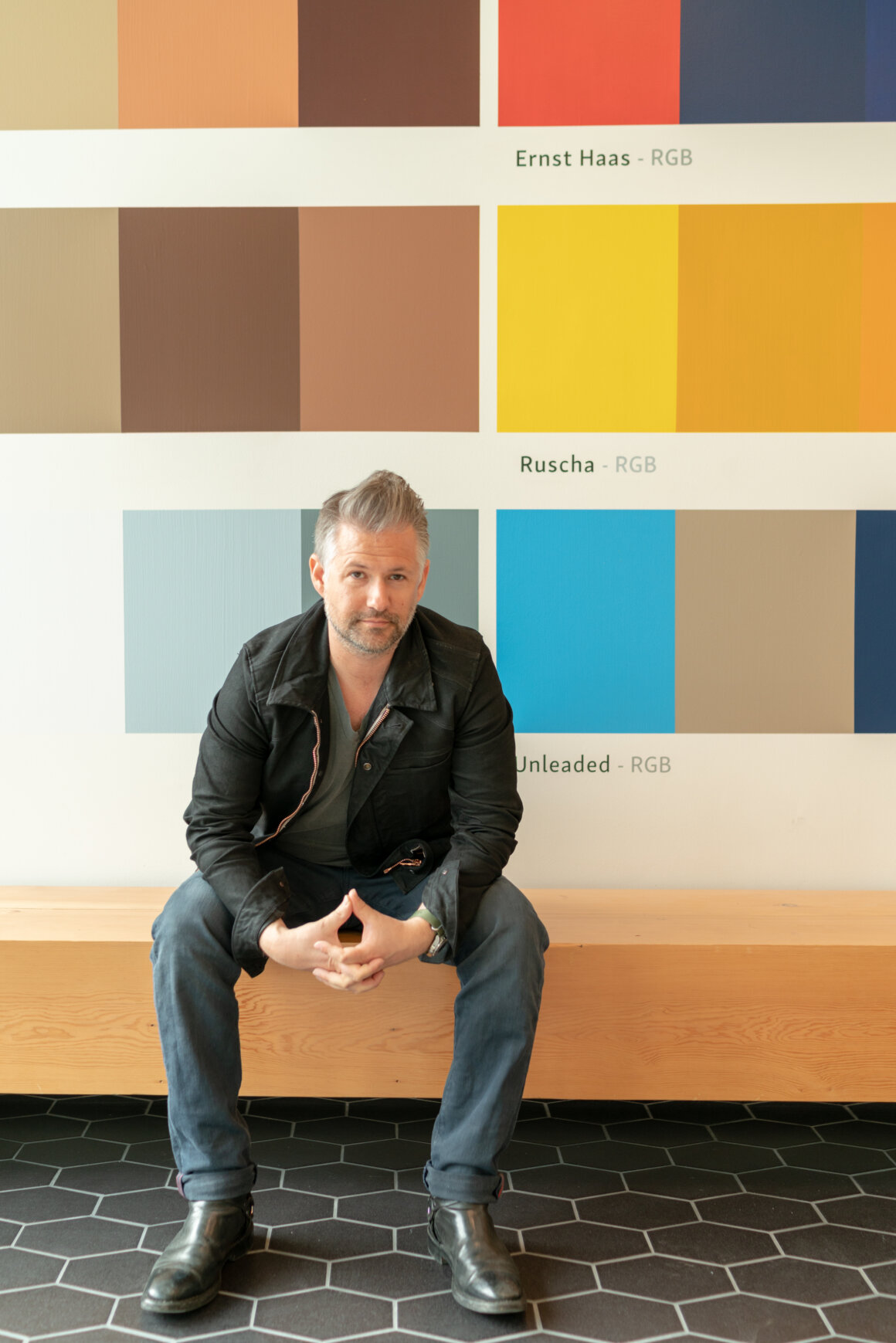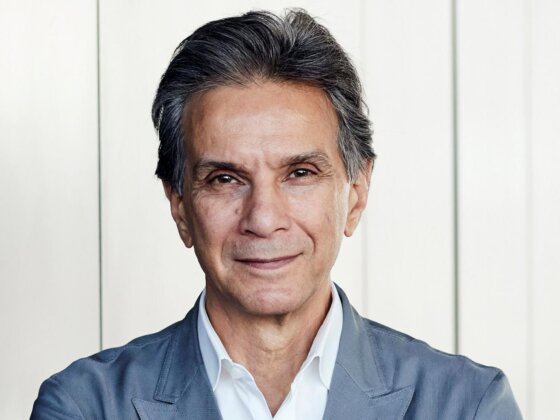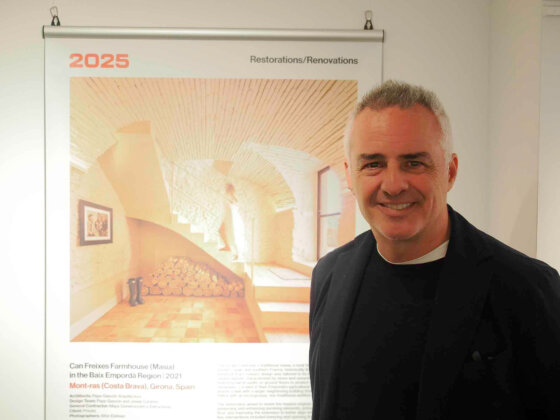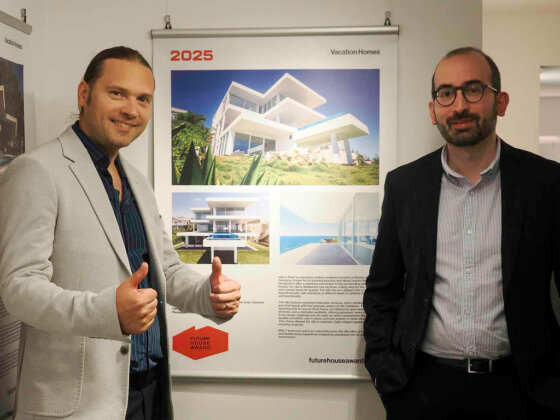William/Kaven Architecture, situated in Portland, Oregon, serves as a versatile design studio engaged in both architectural and interior projects. Established in 2004 by the collaborative efforts of brothers Daniel Kaven and Trevor William Lewis, the studio traces its origins to their shared childhood experiences in New Mexico.
In a conversation with Daniel Kaven, one of the two co-founders, Pavlos and Daniel delve into the realms of architecture, design, the challenges faced, and the essential elements contributing to the establishment of an award-winning architectural firm.

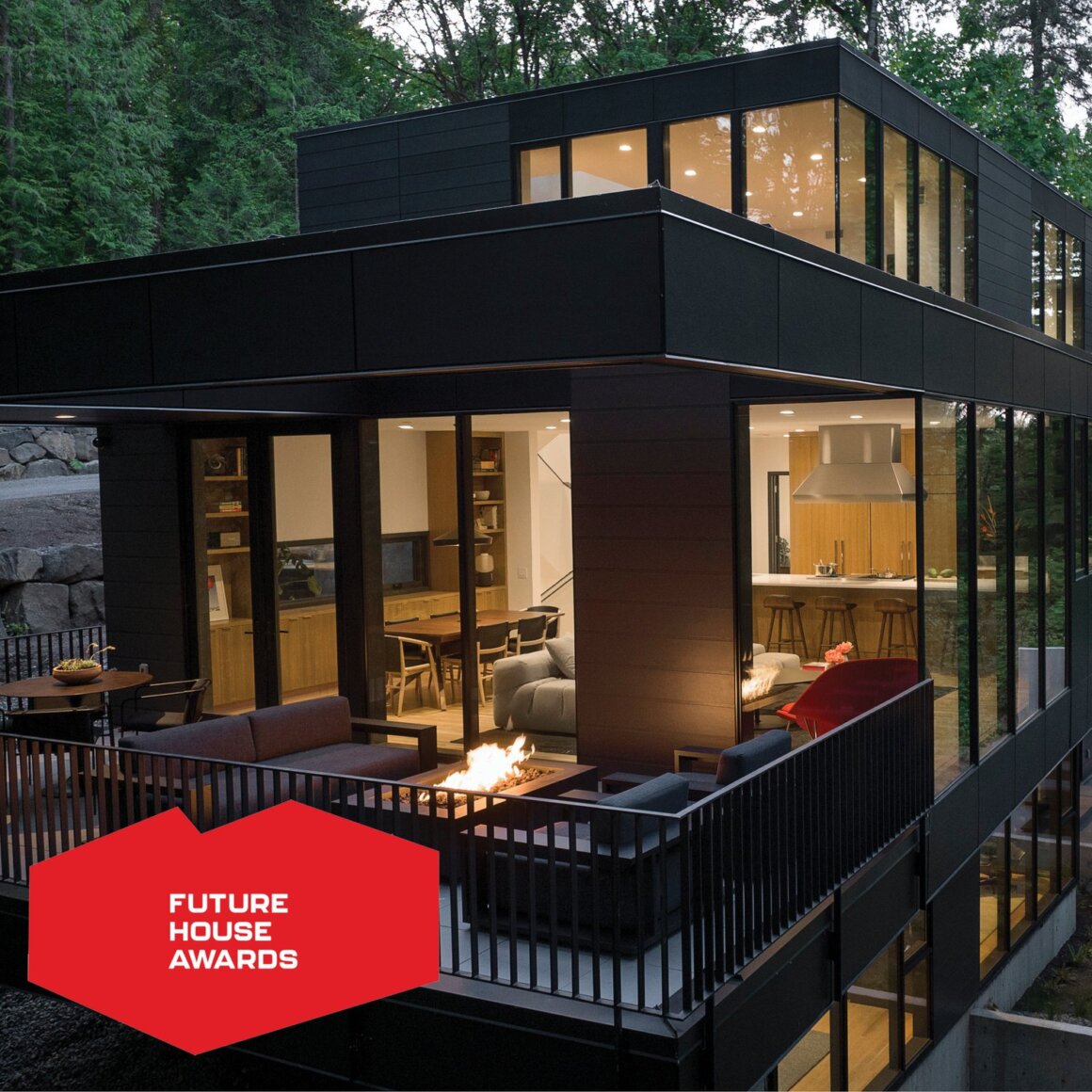
GDN: Daniel, can you provide an overview of your firm’s history and its core values in architectural design?
Daniel Kaven: William / Kaven Architecture was officially formed by myself and my brother, Trevor William Lewis, in 2004, continuing a lifetime of collaboration that began as children in our home state of New Mexico. We’ve always been inspired and influenced by New Mexico’s traditional architecture, and are fascinated by the type of design that arises out of extreme conditions and seemingly inhospitable landscapes. Though now located in Portland, Oregon, we often still pull from architectural elements we experienced as kids — walkable town plaza layouts, shared courtyards, hardy natural materials, and naturally-occurring landscaping.
As a visual artist who practices painting, film, and photography, I am always looking at both the 3D and 2D potential of buildings; I often incorporate murals and sculptural elements into both our residential and our commercial projects. At the core of our practice is a commitment to designing contextually sensitive buildings that enrich people’s lives both at the group level and at the individual level. Our team is engaged in constant conversation about how to best develop and deliver innovative and aesthetically excellent design that responds acutely to practical needs while simultaneously accounting for the inherent conditions and idiosyncrasies of each project or site.


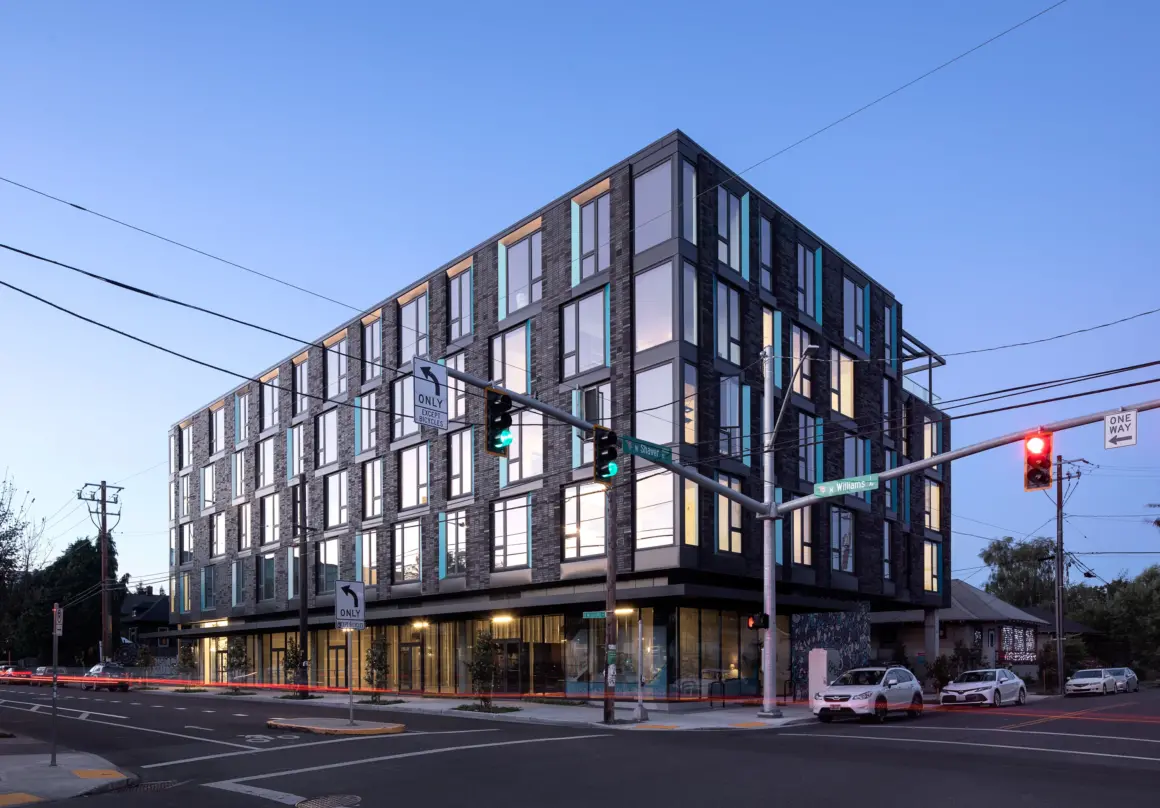
The home, which won a 2023 Future House Award, is part of an ongoing series of homes located in a single area that will offer the opportunity to live embedded within the beautiful Oregon treescape
We are a studio driven by tactile experience; though computers and virtual reality are almost essential to any design studio in our digital age, we covet objects that we can see and touch. Each of our projects is accompanied by a printed book that documents the design process from research to completion; these volumes memorialize the countless considerations and historical contexts that inform our process and lead to the final result.

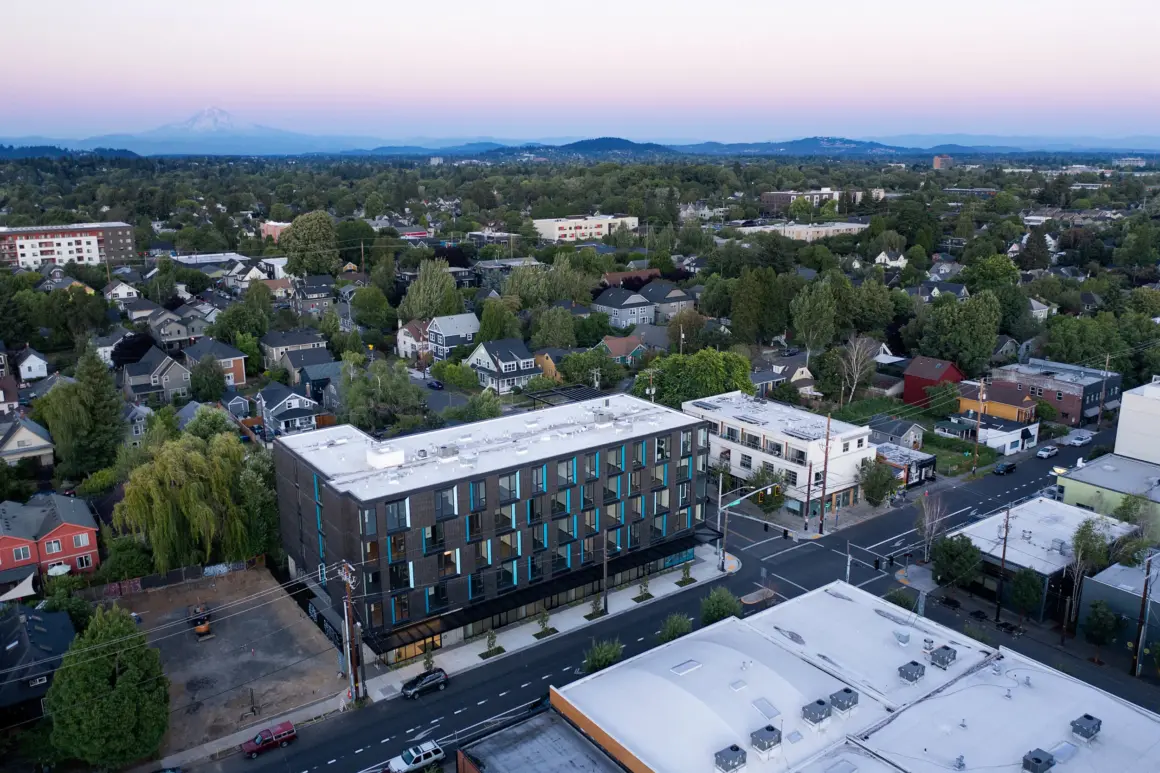
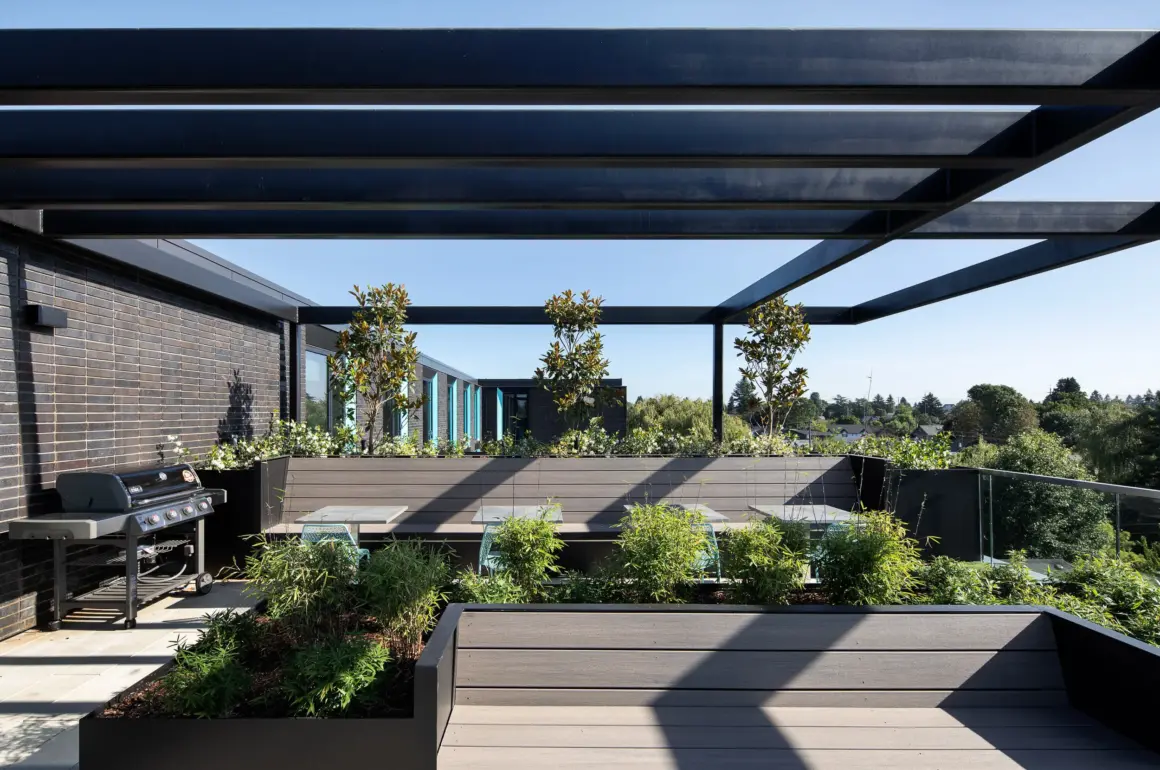
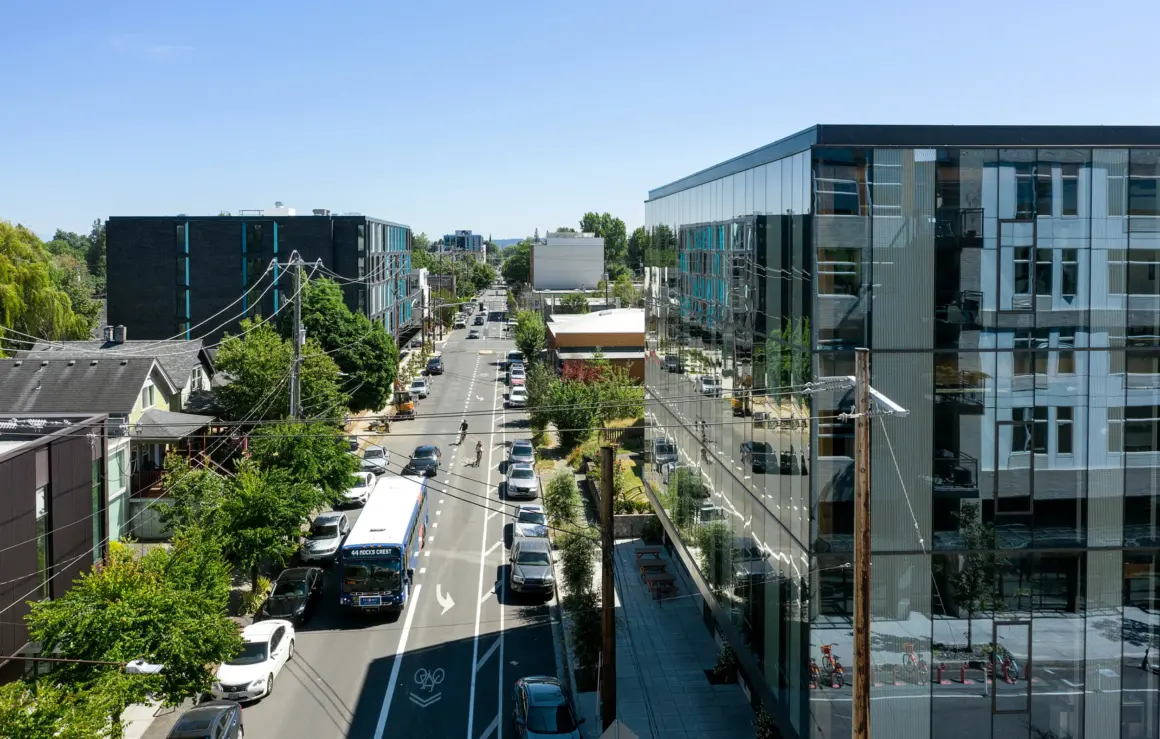
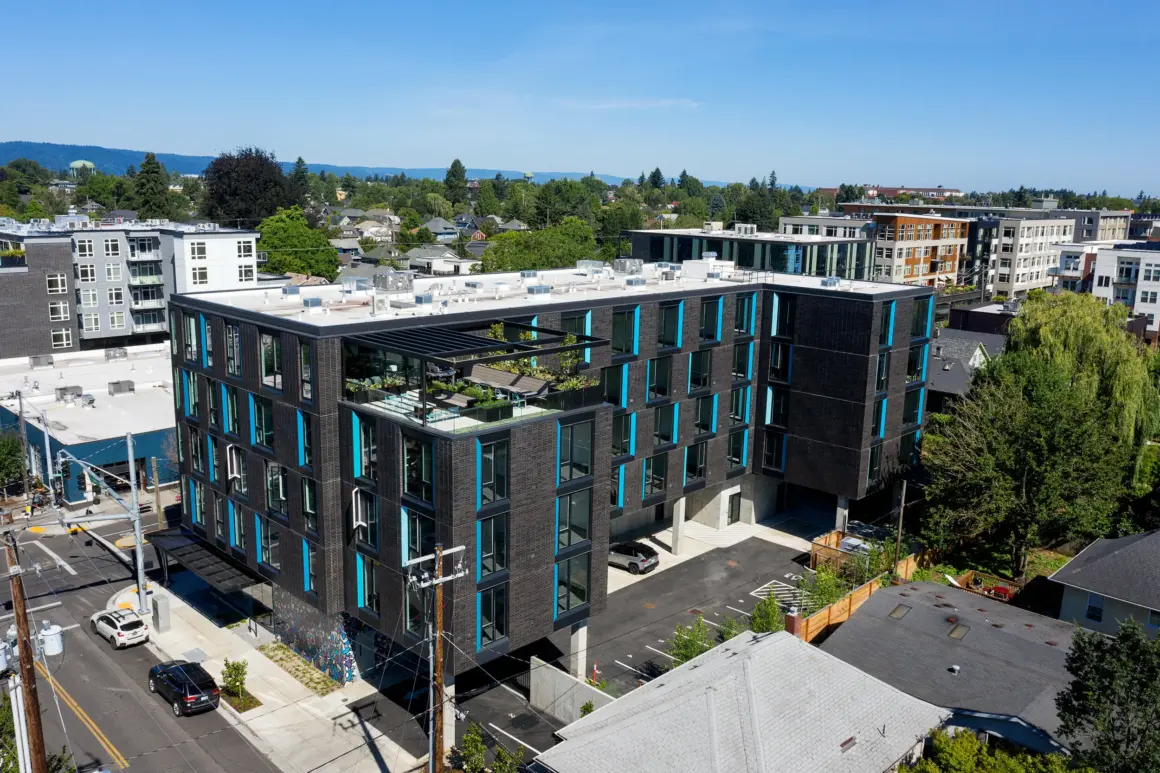
GDN: What sets your firm apart from other architectural firms, and what is the architectural philosophy that orchestrates the completion of such exciting projects?
Daniel: William / Kaven is sought after for achieving conceptually-driven design that prioritizes both aesthetic beauty and uncompromising functionality. We often incorporate artwork into our building designs, highlighting the intersection between architecture and art. Our designs are human-scale, un-ostentatious, and timeless.
My ongoing research and writing, which explores the impact of colonization on the built environment of the American West, serves as a framework for the studio’s process and overarching design philosophy. In my book, Architecture of Normal (Birkhäuser, 2022), I discuss the evolution of structures from 15th-century Native American societies to present-day HOA-governed neighborhoods, exploring how the country’s landscape has been shaped by colonial power structures and evolving technologies. This research substantially guides the studio in our alternative approaches to city planning and residential design.
Our future will be viable only if we focus on how we can design our cities and our towns to take advantage of what naturally occurs and currently exists
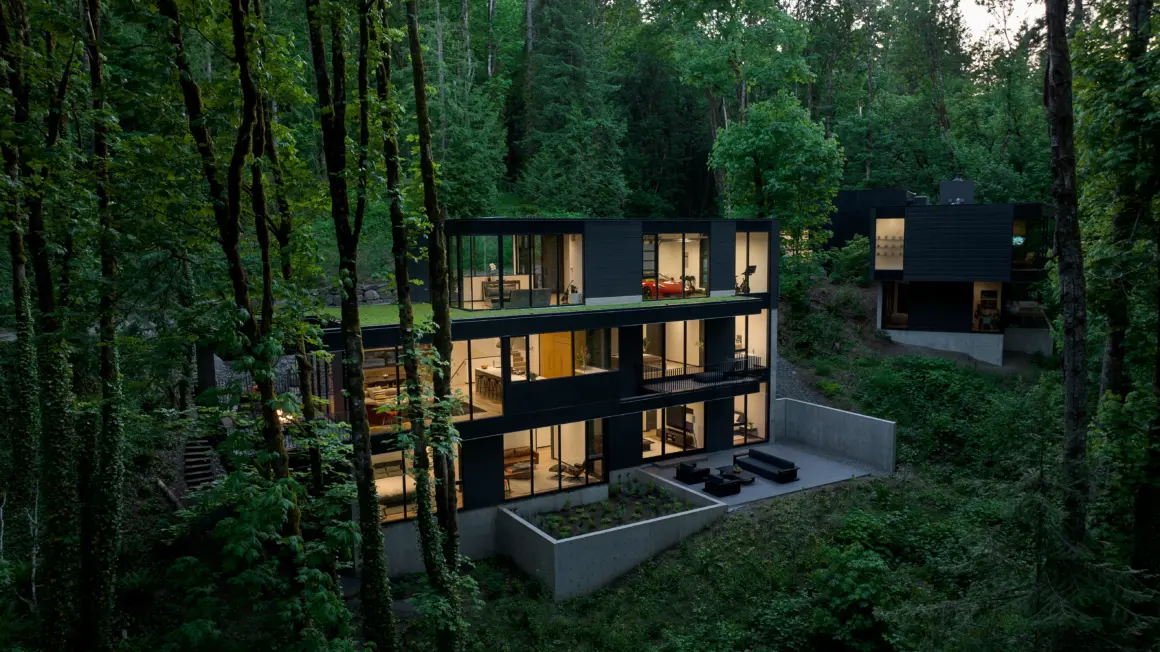
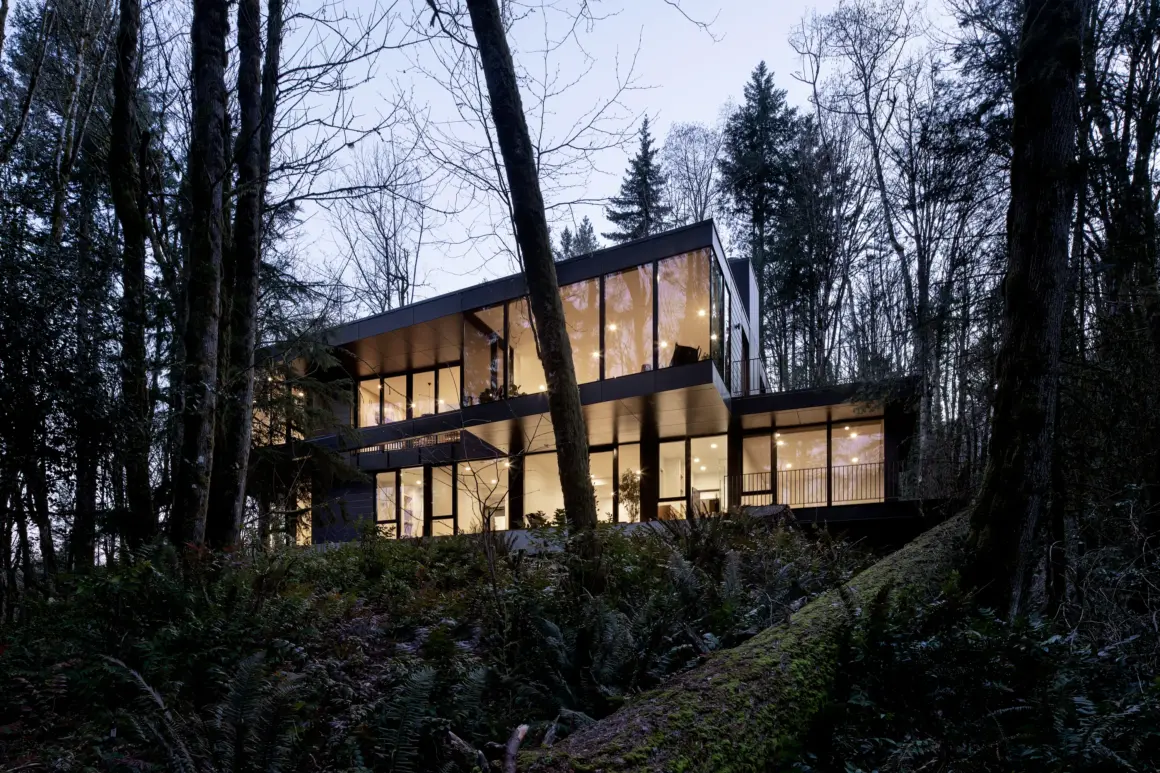
GDN: In 2023, you have won a Future House International Residential Award by Global Design News and The Chicago Athenaeum and many accolades in the firm’s history. Can you share some of the most memorable and influential projects by William Kaven Architecture?
Daniel: In 2018, we proposed a master plan that would reconnect Portland’s historic Union Station to the adjacent Chinatown/Japantown neighborhood and create a pedestrian-centric district organized around a large park. The proposal included affordable housing alongside civic and cultural buildings and integrated the potential for a future high-speed rail transportation hub. The design gained widespread international attention and sparked compelling community conversations surrounding the future of Portland’s urban fabric.
Recently, we completed the second installment in our Royal Series of private homes we are designing and developing in the woods just outside of downtown Portland. The home, which won a 2023 Future House Award, is part of an ongoing series of homes located in a single area that will offer the opportunity to live embedded within the beautiful Oregon treescape. The homes in the series are linked through materiality and design ethos, but distinct in their floor plans and overall execution. We see the Royal Series as a keystone, studio-defining project that represents our signature aesthetic and demonstrates our dedication to a sustained design vision.
We’re also wrapping up a private home overlooking the Columbia River for a client who collects and restores rare classic muscle cars. We’ve designed the home to double as a car museum with a courtyard and expansive window walls so that his incredible collection can be seen from almost every room in the house.

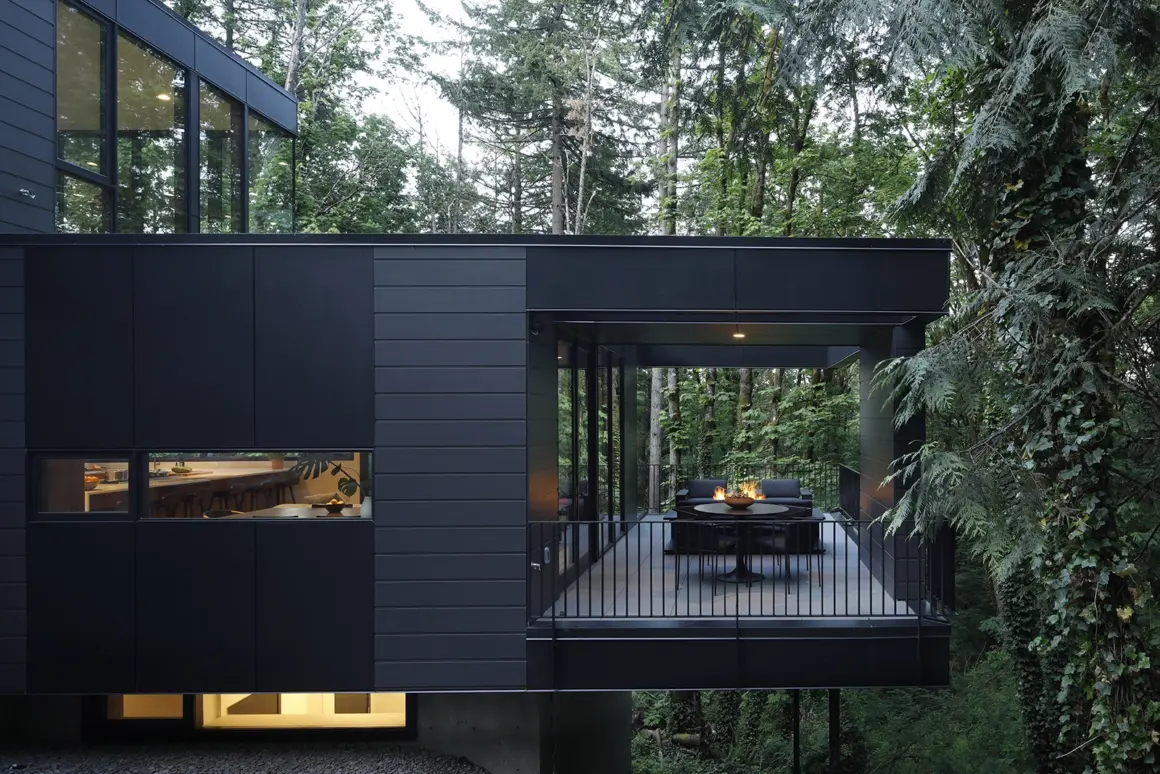
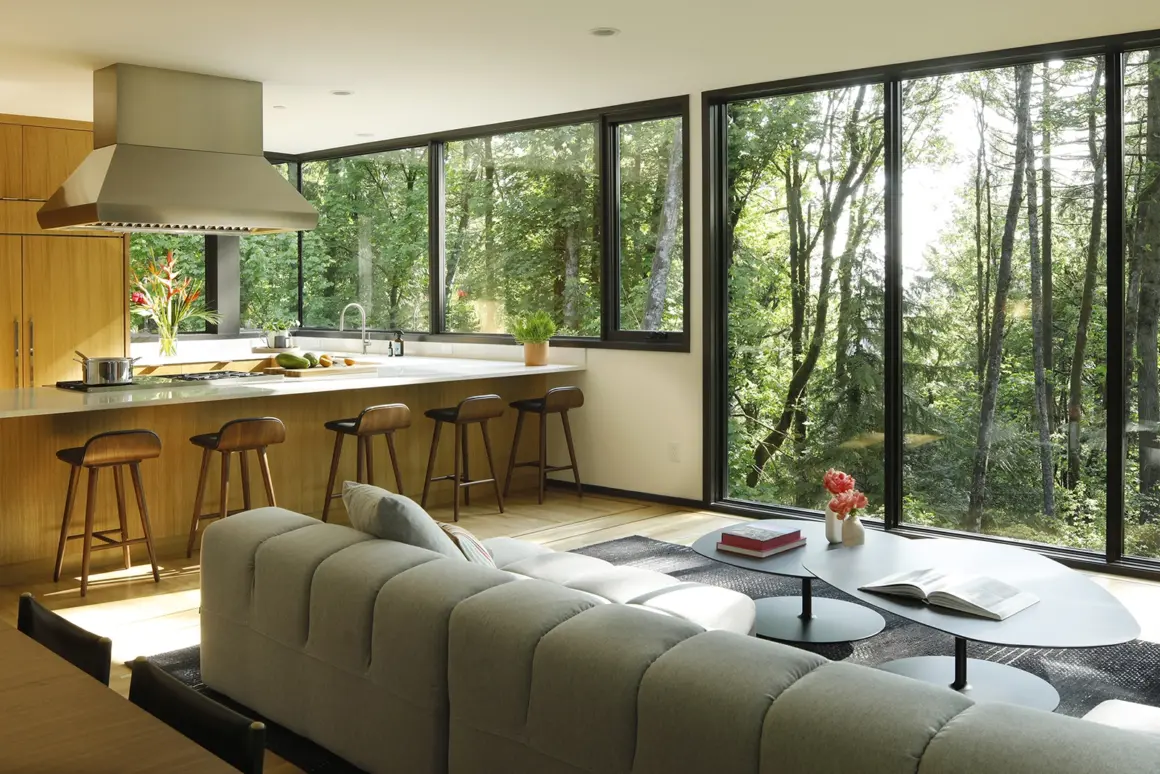
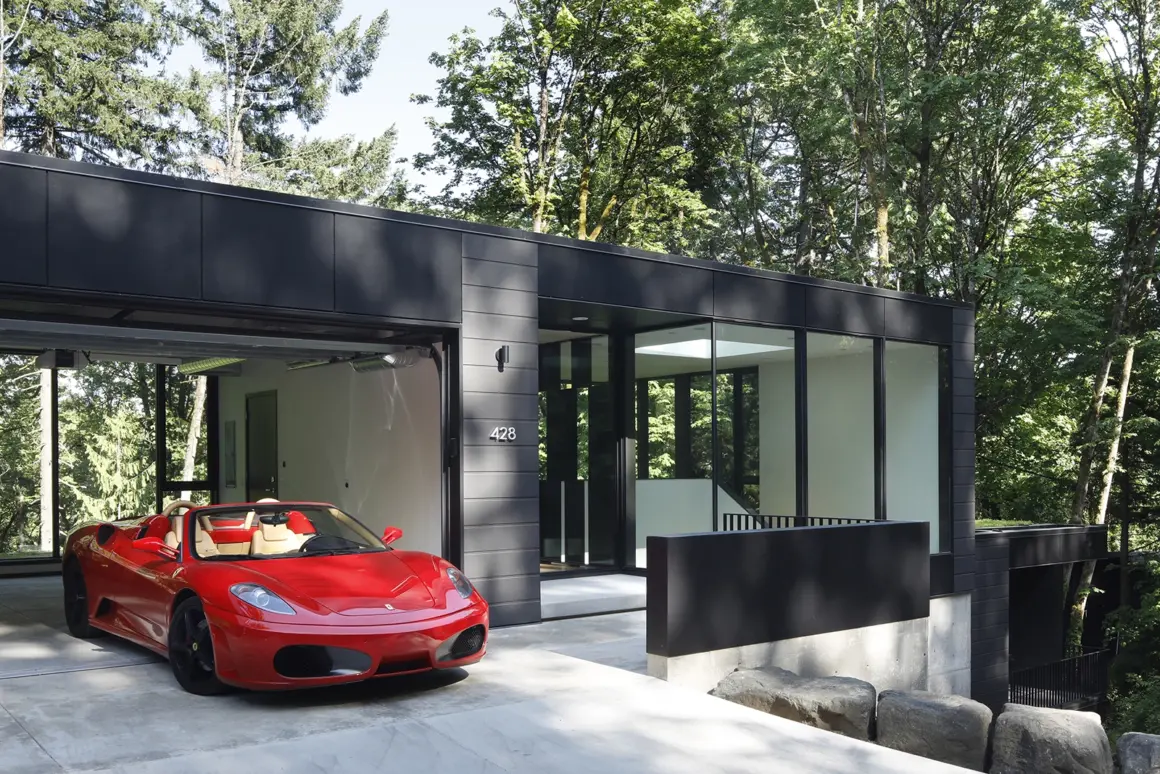
Aspire to deeply understand the physical creation of your work
GDN: What role does sustainability play in your designs, and can you provide examples of projects where sustainable features were successfully integrated?
Daniel: Architects and other design professionals are uniquely situated to straddle the line between aesthetic beauty and functional innovation. The two cannot be separated from one another. We need to wield the power of design responsibly and make decisions that are in concert with our well-being on earth. In all of our projects, we consider the big picture — not just the building itself, but how that structure exists in the neighborhood, the city, the region, and the world as a whole. We are constantly pursuing holistic design solutions that optimize energy efficiency, utilize existing resources, are fed by public transportation, and employ alternative and renewable energy solutions.
William / Kaven is always striving to design in the opposite direction of car-centric design. The world’s reliance on fueled transportation in order to accomplish the most mundane of tasks is incredibly difficult to reverse — a massive investment has been made in infrastructure, and spatial requirements specific to our preferred modes of transportation have been cast on virtually every habitable surface. We have allowed a vehicular, rather than a human-centric, circulation pattern to be imprinted, creating a decentralized existence that favors energy-inefficient building typologies like single-family residences and sprawling low-rise commercial buildings. In order to move toward a more sustainable existence, we need to put in the work to reverse-engineer our lives and establish a lifestyle and pattern that puts us humans in command of our own sustainable destiny. This can be achieved through systemic adaptations of our existing architecture with a unified focus on dense development around existing central business districts and public transport. It will also require us to repurpose less dense environs that currently only have single-family housing into dynamic mixed-use areas in which people can work and shop for basic needs. In lieu of the historic model in which we adapt our lives around the limitations of technology, we need to foresee and control transportation advancements in order to better plan our environment.
It is critical that these advancements in transport do not simply become the replacement for cars but technology that can help piece back together the damage cars have inflicted on our cities
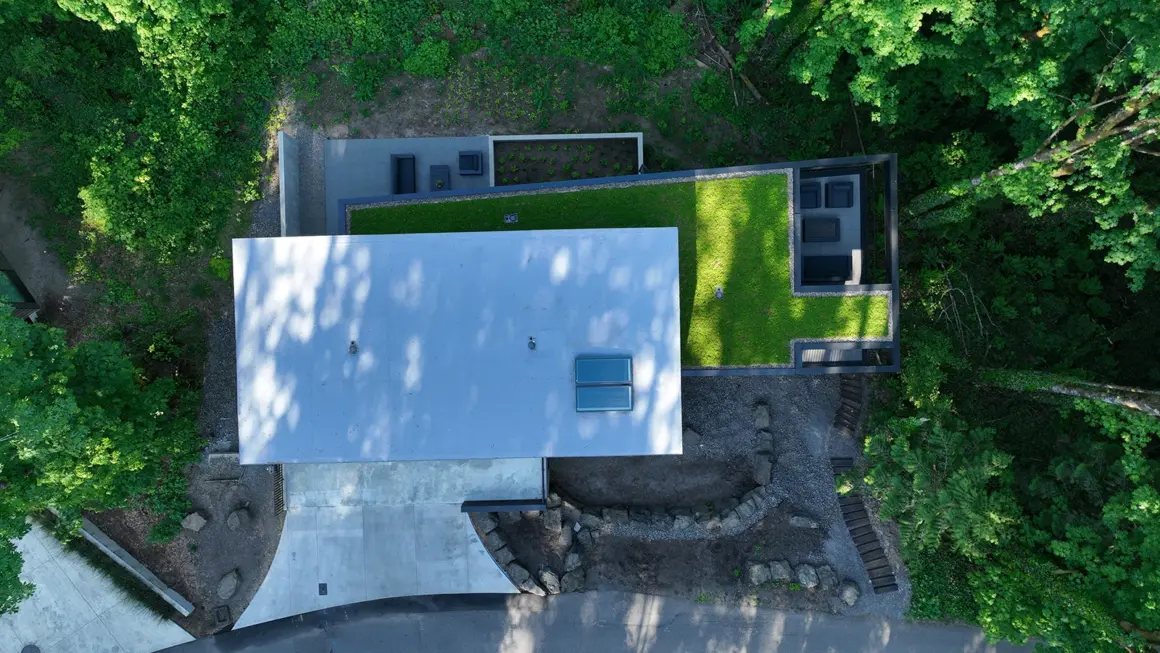
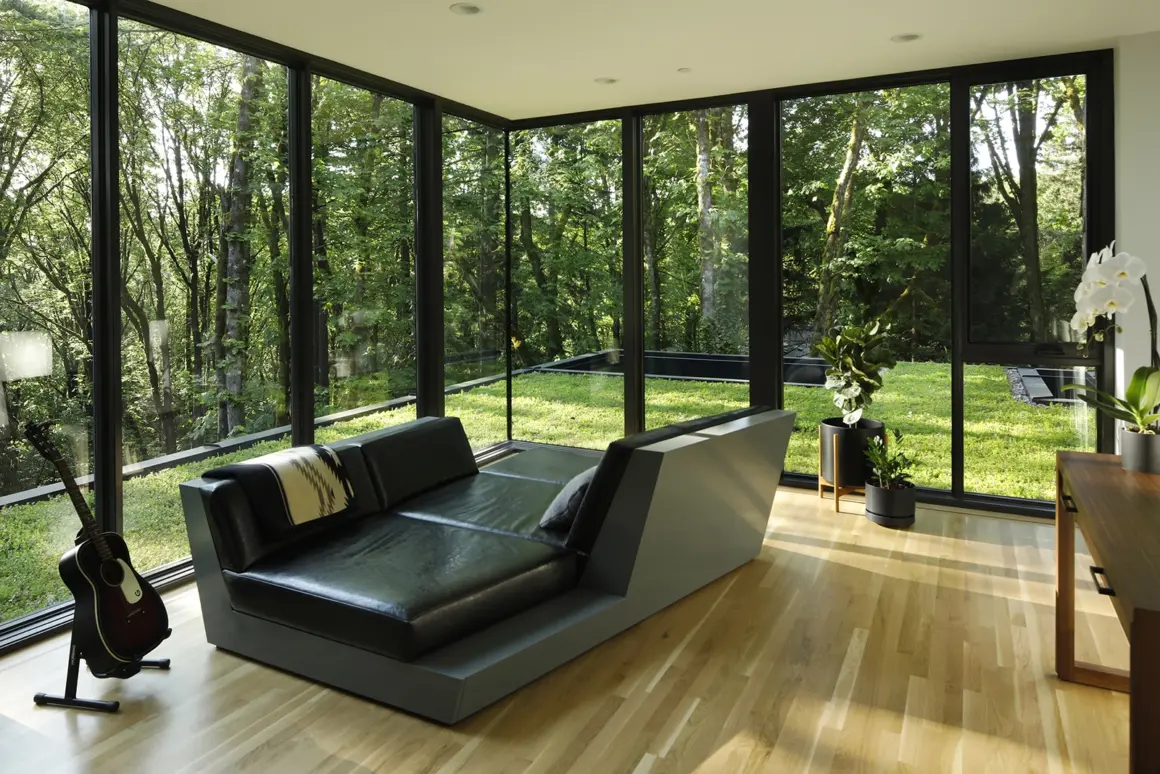
GDN: What is your firm’s stance on community engagement and social responsibility in the projects you undertake?
Daniel: Buildings are meant to convene and shelter communities, but communities themselves should also play a key part in informing the creation of buildings. It’s our belief that strong collaborations, responsiveness to community input, and earnest conversation are imperative to good architecture. Excellence in urban and architectural design, when undertaken in the spirit of collaboration and the pursuit of a higher moral imperative, positively and profoundly affects the dignity of communities, of families, and of individuals. Sustainability is often discussed as it relates to ecological and climate-related considerations, but sustainability also refers to the wellbeing of culture and the creation of opportunities for high-quality livability at the social level.
Our country, and specifically our city, is in the midst of a massive housing crisis. William / Kaven is dedicated to designing and developing multifamily and affordable living projects across the city that will help curb the crisis and equalize the housing market. Over the past two years, we have completed five multifamily buildings, and we are currently in the design phase of a full-block revitalization of Portland’s historic Chinatown / Japantown neighborhood. This project endeavors to include 250 units of affordable housing, as well as commercial space — all within walking distance of some of the city’s most valuable social resources and cultural assets.
We need to wield the power of design responsibly and make decisions that are in concert with our well-being on earth
GDN: The use of technology in architecture is evolving rapidly. How has technology, such as 3D modeling or AI, influenced your design process and the industry, in your opinion?
Daniel: The dawn of a new age of design in architecture is upon us with the implementation and use of Artificial Intelligence, but the reality is that we are in the business of creating physical spaces and objects for humans. We, the architects and craftsmen, will always be the last mile of creation and actually crafting the greatness that people will touch, feel and experience. AI is only as smart as the humanity that has been fed into it, but it remains that only a human can create humanity.
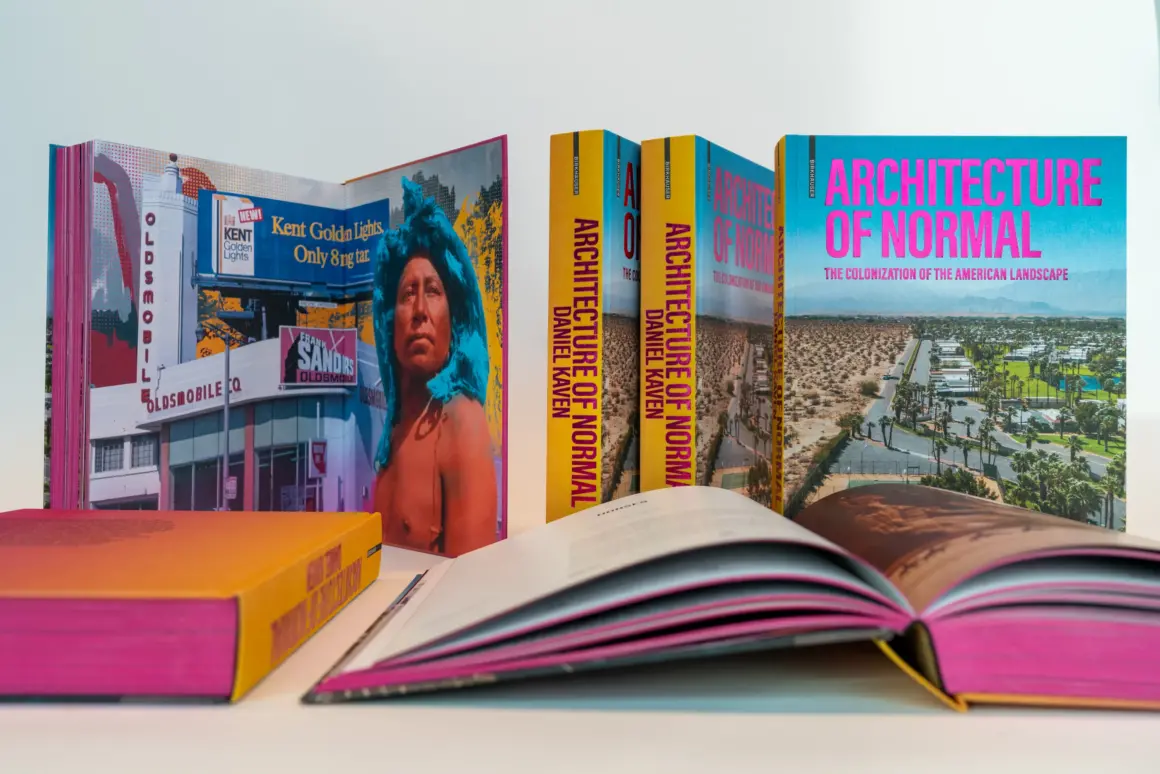
GDN: Architecture reflects the cultural and societal changes of its time. How do you think the field of architecture will respond to the challenges and opportunities of the 21st century?
Daniel: In a place like Venice, on any given day you can continue to watch the locals rise in the morning, get their kids to school, work and go shopping at the markets fueled only by boat or their own feet on exclusively pedestrian walkways. This continues to be the case there in the 21st century because of the pattern that was laid in stone hundreds or thousands of years ago, and millions of tourists flock there annually to experience the walking-centric lifestyle and the architecture that shapes it. It is this fuel-neutral pattern that is the most sustainable of the options that we have, and the one that we need to promote the most, regardless of which new transportation technology takes off. In my book, I explore the ways that innovations in transportation technology have resulted in changing patterns of human movement, which in turn have informed architecture. I finished writing the book in the midst of the pandemic, a time during which people were viewing space, and movement within space, differently from ever before. So many of those changes have persisted. For example, what semblance was left of traditional 20th-century retail has been destroyed by work from home culture and the proliferation of online commerce.
The Main Street experience of yesteryear has truly become a virtual screen as we scroll our way to find pizza, milk, shoes, lawn mowers, and lovers in the comfort of our living rooms. As we become more accustomed to this lifestyle, we will continue to rely on an architecture and pattern that can facilitate a massive deployment of remote services. More and more, companies will resort to models being developed by Amazon, which include massive robotic warehouses and delivery by autonomous car or drone. It is critical that these advancements in transport do not simply become the replacement for cars but technology that can help piece back together the damage cars have inflicted on our cities.
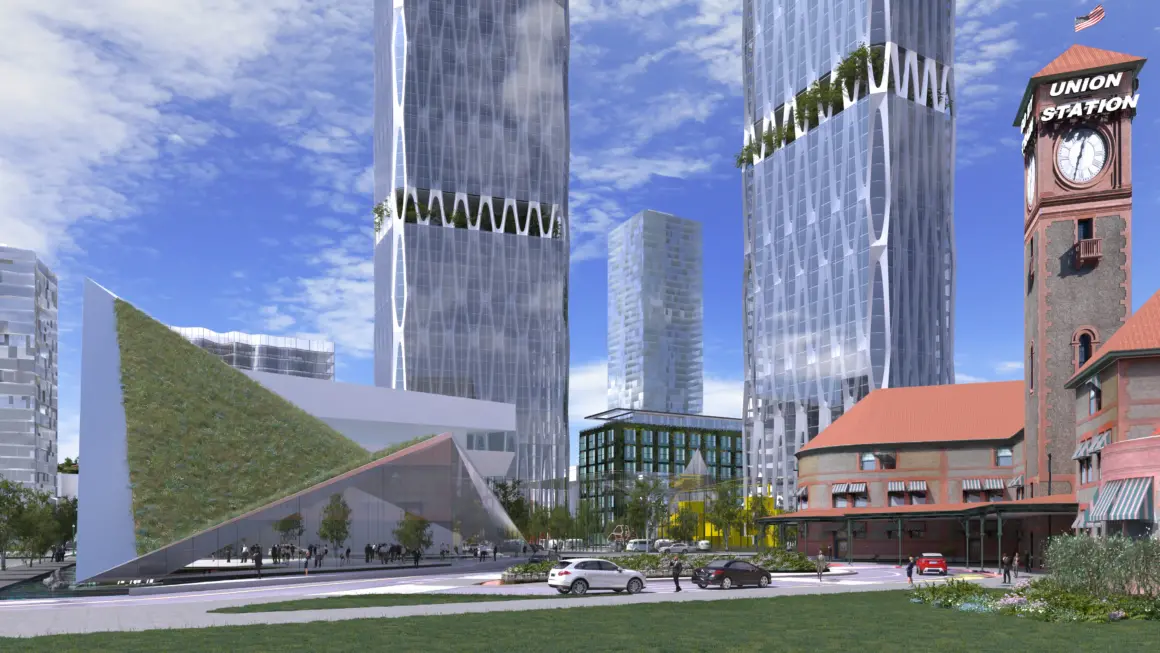
If thought through completely, we can create new dense infrastructure hubs for air taxis in the remote suburbs and exurbs and provide self-sustaining opportunities for work in a manner that will neutralize the need for fueled transportation dependency. Regardless of when the next big evolution of our life pattern emerges, our focus needs to be on promoting a pedestrian-centric solution now and creating policy that will continue to support that pattern regardless of the next advance. Our issues won’t solely be solved by advances in electric power, autonomous cars, private aircraft, or even various forms of public transportation. Those adaptations only compound our existing pattern. Our future will be viable only if we focus on how we can design our cities and our towns to take advantage of what naturally occurs and currently exists.
GDN: What would you say to an architect who has just started his/her career as advice?
Daniel: Involve yourself in the craftsmanship of what you design. Aspire to deeply understand the physical creation of your work. Use materials that will last a lifetime and beyond and develop a patina that your grandchildren will appreciate.
